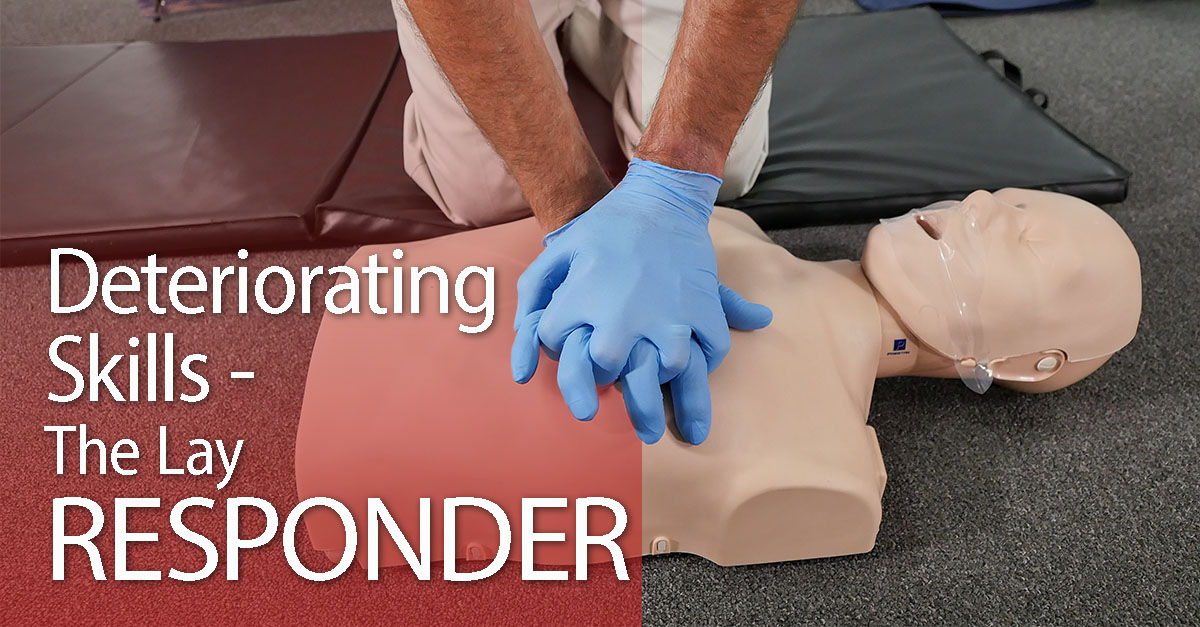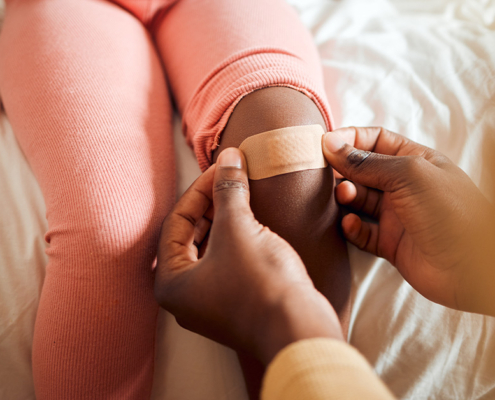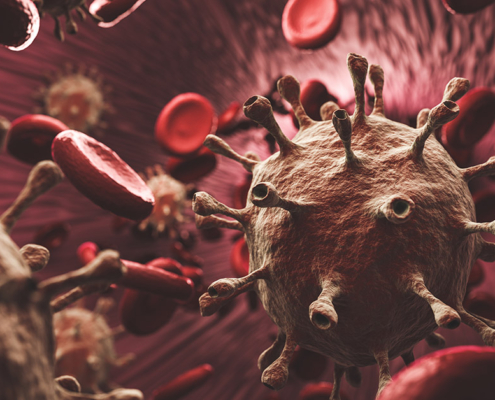Deteriorating Skills – The Lay Responder
Two years ago, I was attending an event with various professional peers and took part in a training session for educators who taught layperson responder courses such as first aid, CPR, etc. Over a period of about 2 hours, I witnessed dozens of educators walk through common skill sets and was blown away by performances that I would expect to see from a new student. It took me some time to realize that many of these educators only taught layperson responder courses a couple of times each year. They were not working with new students in any sort of regular fashion. This is a perfect example of skill deterioration at the top level of education.
Practice makes perfect
As with anything we learn in life, if we do not practice or remind ourselves, we often forget what we learned. How many people really remember the lists of items you learned in elementary school? That said, things such as first aid and CPR are not skills we use each day. We learn them so that we can help others in times of need. So….if we learn something, but rarely practice it, we should probably take time to “refresh” ourselves every so often.
These educators are a perfect example of a group of people who knew something, relearned it, then earned the ability to teach that material. Then over time, they handed courses to others, but rarely practiced associated actions and did not often use these skills in “the field.” This led to skill deterioration and when they were told to perform skill demonstrations under pressure, very few performed following the standards they are allowed to teach.
What about materials?
Aside from skill sets, we should also look at educational materials. Every year, companies such as First Response Training International makes and releases updates to training materials. These changes are often based on scientific studies or data sets collected by third parties. As educators, if we don’t take the time to read and understand these changes, how can we possibly teach them to new students. As a student, the same concept applies. If you take a course and then two years pass, certain information may have changed. One of the best examples is associated with the number of breaths and chest compressions provided to a victim during CPR. Over many years, these numbers have changed many times for various reasons.
Are you truly able to help?
So, from initial student to educator, we all must practice what we learn. This means walking through skills and knowledge sets with other people who can provide an evaluation. The goal in both learning and teaching layperson responder programs is to make sure that if someone out in the world needs assistance, and you are the closest person available to provide help, you can do so in the best and safest fashion.
The reality is that most people take first aid, CPR, or similar courses in high school, at work, or in other life activities. Like anything, if we are going to commit to helping someone, we need to provide the best care possible, be it for ethical or liability-based reasons. As educators, I encourage the instructors out there to review their material and offer regular classes. As students, I encourage you to always stay up to date and practice the things you learn. These types of actions will make for better help available to others if it is ever needed.












Zanechat odpověď
Chcete se zapojit do diskuse?Neváhejte přispět!